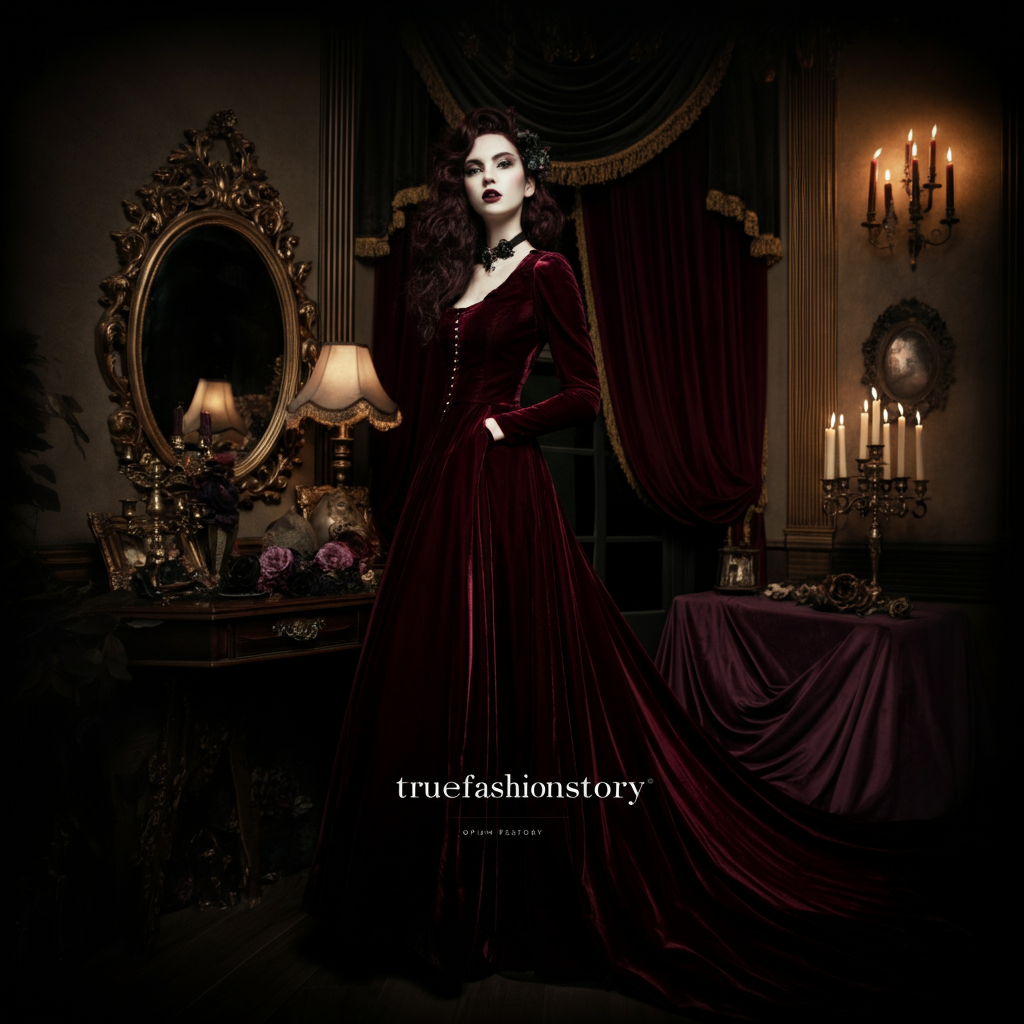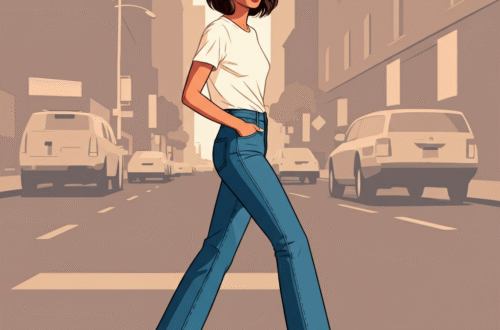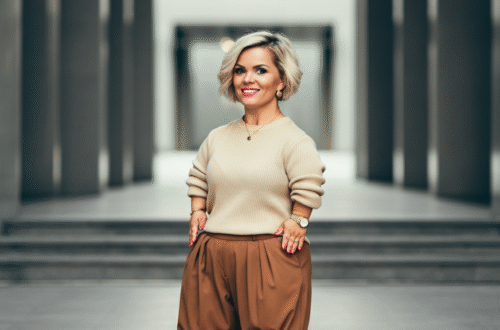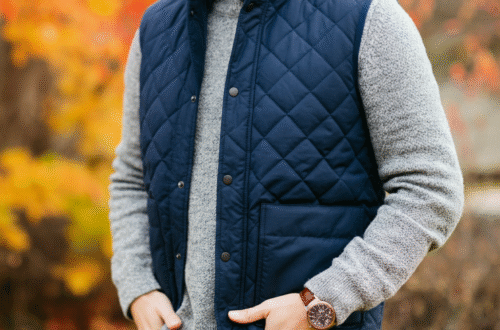Fashion has always drawn inspiration from unexpected sources, and one of the most intriguing trends to emerge in recent years is opium fashion. This mysterious aesthetic combines dark romanticism with luxurious textures, creating a style that’s both haunting and beautiful. Let’s explore this fascinating fashion movement that’s captivating designers and fashion enthusiasts worldwide.
What Is Opium Fashion?
Opium fashion represents a dark, ethereal aesthetic that draws inspiration from the mysterious world of opium dens and the romantic decadence of the late 19th and early 20th centuries. This style embraces rich fabrics, deep colors, and dramatic silhouettes that evoke feelings of luxury mixed with melancholy.
The term “opium fashion” doesn’t glorify substance use but rather captures the atmospheric beauty of an era when literature, art, and fashion were deeply intertwined with themes of mystery and romanticism. Think of the dreamy, smoke-filled scenes from old Hollywood films or the rich descriptions in Gothic novels – that’s the essence this fashion style aims to capture.
Key characteristics of opium fashion include:
- Deep, moody color palettes
- Luxurious fabrics like velvet, silk, and satin
- Flowing, dramatic silhouettes
- Ornate details and embellishments
- Layered textures and patterns
- Vintage-inspired accessories
The Historical Roots of Opium Fashion
Victorian Influence
The opium fashion aesthetic has deep roots in Victorian culture, when wealthy society members would gather in ornate parlors filled with exotic fabrics and mysterious atmospheres. During this era, fashion was about more than just clothing – it was a way to express one’s social status and artistic sensibilities.
Victorian fashion emphasized rich materials and intricate details that perfectly align with modern opium fashion trends. Women wore elaborate gowns with multiple layers, while men donned velvet smoking jackets and ornate accessories. These historical elements continue to influence contemporary opium fashion designers who appreciate the era’s attention to craftsmanship and luxury.
Art Nouveau Movement
The Art Nouveau movement of the late 1800s and early 1900s also heavily influences opium fashion. This artistic style celebrated organic forms, flowing lines, and decorative elements that appear throughout opium fashion pieces. The movement’s emphasis on beauty, nature, and craftsmanship resonates with modern designers who create clothing that feels both artistic and wearable.
Art Nouveau’s impact on opium fashion can be seen in the flowing silhouettes, organic patterns, and decorative embellishments that define this aesthetic. Many contemporary pieces feature motifs inspired by flowers, vines, and other natural elements that were popular during the Art Nouveau period.
Color Palette and Aesthetic Elements
The Dark Color Story
Opium fashion revolves around a carefully curated color palette that evokes mystery and sophistication. The most prominent colors include:
- Deep burgundy and wine red
- Rich purple and plum tones
- Black and charcoal gray
- Forest and emerald green
- Midnight blue and navy
- Gold and bronze accents
These colors work together to create outfits that feel both dramatic and elegant. The darker tones provide a base for the aesthetic, while metallic accents add touches of luxury and light. Fashion enthusiasts often layer these colors to create depth and visual interest in their outfits.
Texture and Fabric Choices
The fabric selection in opium fashion is crucial to achieving the right aesthetic. Velvet remains the most iconic fabric choice, offering both visual richness and tactile luxury. Other popular fabric choices include:
- Silk satin for its lustrous finish
- Heavy brocade with ornate patterns
- Sheer chiffon for layering effects
- Rich tapestry fabrics
- Embroidered textiles
- Faux fur for dramatic accents
These fabrics often feature embellishments like beading, embroidery, or metallic threads that catch light and add visual interest. The goal is to create clothing that feels luxurious to both wear and observe.
Key Fashion Pieces in Opium Style
Dresses and Gowns
Opium fashion dresses typically feature flowing silhouettes that create drama and movement. Popular styles include:
- Floor-length gowns with trailing hems
- Off-shoulder designs with dramatic sleeves
- High-low hemlines for modern appeal
- Wrap dresses in luxurious fabrics
- Victorian-inspired high necklines
- Dresses with corset-style bodices
These pieces often incorporate layering elements like flowing sleeves, cape-like details, or train-like extensions that add to the dramatic effect. Many designers also include vintage-inspired closures like ornate buttons or lacing details.
Outerwear and Jackets
Outerwear in opium fashion serves both functional and aesthetic purposes. Popular pieces include:
- Velvet blazers with ornate buttons
- Long coats with dramatic collars
- Cape-style outerwear
- Embroidered smoking jackets
- Fur-trimmed coats and stoles
- Layered cardigan designs
These pieces often feature unique details like decorative stitching, metallic hardware, or contrasting textures that make them statement pieces rather than basic outerwear.
Accessories and Details
Accessories play a crucial role in completing the opium fashion look. Essential accessories include:
- Statement jewelry with vintage appeal
- Ornate hair accessories like jeweled clips
- Vintage-inspired handbags in rich materials
- Dramatic scarves and wraps
- Unique footwear with decorative elements
- Gloves in velvet or lace
According to fashion experts at truefashionstory.comBlog, the key to successful opium fashion is balancing these dramatic elements without overwhelming the overall look.
How to Incorporate Opium Fashion Into Your Wardrobe
Starting Small
If you’re new to opium fashion, start by incorporating small elements into your existing wardrobe. This approach allows you to experiment with the aesthetic without making dramatic changes to your personal style.
Easy ways to begin include:
- Adding a velvet blazer to your collection
- Choosing accessories in deep, rich colors
- Incorporating flowing scarves or wraps
- Selecting jewelry with vintage appeal
- Experimenting with darker makeup palettes
- Adding texture through fabric choices
These small changes can help you understand whether opium fashion appeals to your personal style and how it fits into your lifestyle.
Building a Complete Look
Once you’re comfortable with individual elements, you can start building complete opium fashion outfits. This involves combining multiple pieces to create a cohesive aesthetic that captures the style’s essence.
Key considerations include:
- Balancing dark and light elements
- Mixing different textures effectively
- Choosing appropriate occasions for dramatic pieces
- Understanding which silhouettes work for your body type
- Learning to layer effectively
- Selecting complementary color combinations
Remember that opium fashion is about creating an artistic expression through clothing choices, so don’t be afraid to experiment with different combinations.
Opium Fashion in Contemporary Design
Modern Interpretations
Today’s designers have reimagined opium fashion for contemporary life, creating pieces that capture the aesthetic’s essence while remaining practical for modern wear. These interpretations often simplify traditional elements while maintaining the style’s dramatic appeal.
Modern opium fashion pieces might include:
- Work-appropriate velvet blazers
- Casual dresses with flowing sleeves
- Everyday accessories with ornate details
- Footwear that combines comfort with style
- Outerwear suitable for various weather conditions
- Jewelry that works for both casual and formal occasions
This evolution has made opium fashion more accessible to people who appreciate the aesthetic but need practical clothing options.
Designer Collaborations
Several high-end designers have embraced opium fashion elements, creating collections that bring this aesthetic to luxury markets. These collaborations often combine traditional opium fashion elements with cutting-edge design techniques and modern materials.
Notable trends in designer opium fashion include:
- Sustainable fabrics that maintain luxurious appeal
- Technology-enhanced textiles with traditional appearances
- Modern silhouettes with vintage details
- Inclusive sizing for various body types
- Affordable luxury options for broader markets
- Customizable pieces that allow personal expression
Comparison Table: Traditional vs. Modern Opium Fashion
|
Aspect |
Traditional Opium Fashion |
Modern Opium Fashion |
|---|---|---|
|
Color Palette |
Deep burgundy, black, gold |
Expanded to include jewel tones |
|
Fabrics |
Heavy velvet, silk, brocade |
Includes synthetic alternatives |
|
Silhouettes |
Very dramatic, flowing |
More wearable, simplified |
|
Occasions |
Formal events, artistic gatherings |
Everyday wear, work, casual |
|
Price Point |
Exclusively high-end |
Range from affordable to luxury |
|
Accessibility |
Limited to wealthy consumers |
Available to broader audiences |
|
Sustainability |
Traditional materials only |
Eco-friendly options available |
Styling Tips for Opium Fashion
Creating Balance
The key to successful opium fashion styling lies in creating visual balance between dramatic elements and wearable pieces. This balance prevents the look from becoming costume-like while maintaining the aesthetic’s appeal.
Important balance considerations:
- Mix flowing pieces with fitted elements
- Combine dark colors with subtle light accents
- Balance ornate details with simpler pieces
- Layer textures without overwhelming the silhouette
- Choose one statement piece per outfit
- Consider your body proportions when selecting silhouettes
Occasion-Appropriate Styling
Opium fashion can work for various occasions when styled appropriately. The key is understanding which elements work best for different settings and how to adapt the aesthetic accordingly.
For work environments:
- Choose subtle opium fashion elements
- Focus on quality fabrics in appropriate cuts
- Select accessories that complement professional attire
- Avoid overly dramatic pieces
- Stick to darker, more conservative colors
- Ensure clothing meets workplace dress codes
For social events:
- Embrace more dramatic elements
- Experiment with flowing silhouettes
- Add statement jewelry and accessories
- Play with layering and texture
- Consider venue and event type
- Allow personality to shine through choices
Shopping for Opium Fashion
Where to Find Authentic Pieces
Finding authentic opium fashion pieces requires knowing where to look and what to prioritize. Many retailers now carry items that fit this aesthetic, but quality and authenticity can vary significantly.
Best sources for opium fashion:
- Vintage clothing stores and estates sales
- Specialty boutiques focusing on alternative fashion
- Online retailers with curated selections
- Independent designers creating original pieces
- Luxury department stores with designer sections
- Custom seamstresses and tailors
When shopping, prioritize quality over quantity and look for pieces that will last multiple seasons rather than trendy items that might quickly go out of style.
Investment vs. Trend Pieces
Understanding which opium fashion pieces are worth investing in versus which can be purchased as trend items helps build a sustainable wardrobe while experimenting with the aesthetic.
Investment-worthy pieces:
- High-quality velvet blazers or jackets
- Well-made dresses in classic silhouettes
- Genuine leather accessories
- Statement jewelry in precious metals
- Quality outerwear that will last years
- Custom or tailored pieces
Trend pieces for experimentation:
- Seasonal accessories
- Costume jewelry
- Trendy footwear styles
- Experimental color combinations
- Fashion-forward silhouettes
- Pieces for special occasions only
The Psychology Behind Opium Fashion
Self-Expression Through Darkness
Opium fashion appeals to people who find beauty in darker aesthetics and appreciate the artistic expression that comes with dramatic clothing choices. This style allows wearers to explore different aspects of their personality through fashion.
The psychology behind choosing opium fashion often includes:
- Desire for individuality and uniqueness
- Appreciation for historical and artistic references
- Comfort with dramatic self-expression
- Interest in luxury and quality materials
- Connection to romantic and gothic aesthetics
- Preference for sophisticated rather than mainstream styles
Cultural Impact and Acceptance
As opium fashion becomes more mainstream, its cultural impact continues to grow. This aesthetic challenges traditional fashion norms and encourages people to embrace darker beauty and artistic expression in their daily lives.
The growing acceptance of opium fashion reflects broader cultural shifts toward:
- Celebrating individual style choices
- Appreciating craftsmanship and quality
- Embracing historical fashion influences
- Accepting alternative beauty standards
- Supporting artistic expression through clothing
- Valuing uniqueness over conformity
Caring for Opium Fashion Pieces
Fabric-Specific Care
Opium fashion pieces often require special care due to their delicate fabrics and ornate details. Proper maintenance ensures these investment pieces remain beautiful for years to come.
Care instructions by fabric:
- Velvet: Professional cleaning recommended, steam to remove wrinkles
- Silk: Hand wash or dry clean, avoid direct sunlight
- Brocade: Dry clean only, store carefully to prevent snagging
- Embellished pieces: Hand wash if possible, air dry flat
- Fur (real or faux): Professional cleaning, proper storage essential
- Leather accessories: Condition regularly, store properly
Storage and Preservation
Proper storage prevents damage and extends the life of opium fashion pieces. These items often require more care than typical clothing due to their unique materials and decorative elements.
Storage best practices:
- Use padded hangers for heavy pieces
- Store in breathable garment bags
- Keep away from direct sunlight
- Maintain consistent temperature and humidity
- Separate pieces to prevent snagging
- Check regularly for signs of damage
Key Takeaways
- Opium fashion combines dark romanticism with luxurious materials and dramatic silhouettes
- The aesthetic draws inspiration from Victorian era fashion and Art Nouveau movement
- Key elements include rich fabrics like velvet, deep color palettes, and flowing designs
- Modern interpretations make opium fashion more accessible and practical for everyday wear
- Success requires balancing dramatic elements with wearable pieces
- Quality investment pieces should be prioritized over trendy items
- Proper care and storage are essential for maintaining these delicate pieces
- The style allows for unique self-expression and artistic appreciation through fashion
Frequently Asked Questions
Q: Is opium fashion appropriate for workplace environments?
A: Yes, when styled appropriately. Choose subtle elements like a velvet blazer or deep-colored blouse rather than dramatic flowing pieces. Focus on quality fabrics and classic cuts that incorporate opium fashion elements without being overly theatrical.
Q: How can I try opium fashion without spending a lot of money?
A: Start with affordable accessories like statement jewelry or scarves in rich colors and textures. Thrift stores and vintage shops often have pieces that fit the aesthetic at lower prices. You can also experiment with makeup and nail colors that match the opium fashion palette.
Q: What’s the difference between opium fashion and gothic fashion?
A: While both embrace darker aesthetics, opium fashion focuses more on luxury, flowing fabrics, and romantic elements. Gothic fashion tends to be more structured and emphasizes different cultural references. Opium fashion draws specifically from the romantic decadence of the late 19th century.
Q: Can men wear opium fashion?
A: Absolutely! Men can incorporate opium fashion through velvet blazers, ornate accessories, rich-colored shirts, and dramatic outerwear. Historical menswear from the Victorian era provides excellent inspiration for masculine opium fashion looks.
Q: What occasions are best for wearing opium fashion?
A: Opium fashion works well for art galleries, theater events, dinner parties, creative work environments, and social gatherings. The key is choosing pieces appropriate for the specific occasion while maintaining the aesthetic’s essence.
Q: How do I avoid looking like I’m wearing a costume?
A: Balance is crucial. Choose one or two opium fashion elements per outfit rather than going all-out. Mix these pieces with more conventional items and ensure proper fit. Quality fabrics and well-tailored pieces look more authentic than cheap costume-like alternatives.
For more fashion insights and style inspiration, visit truefashionstory.comBlog for expert advice on incorporating unique aesthetics into your personal style.





